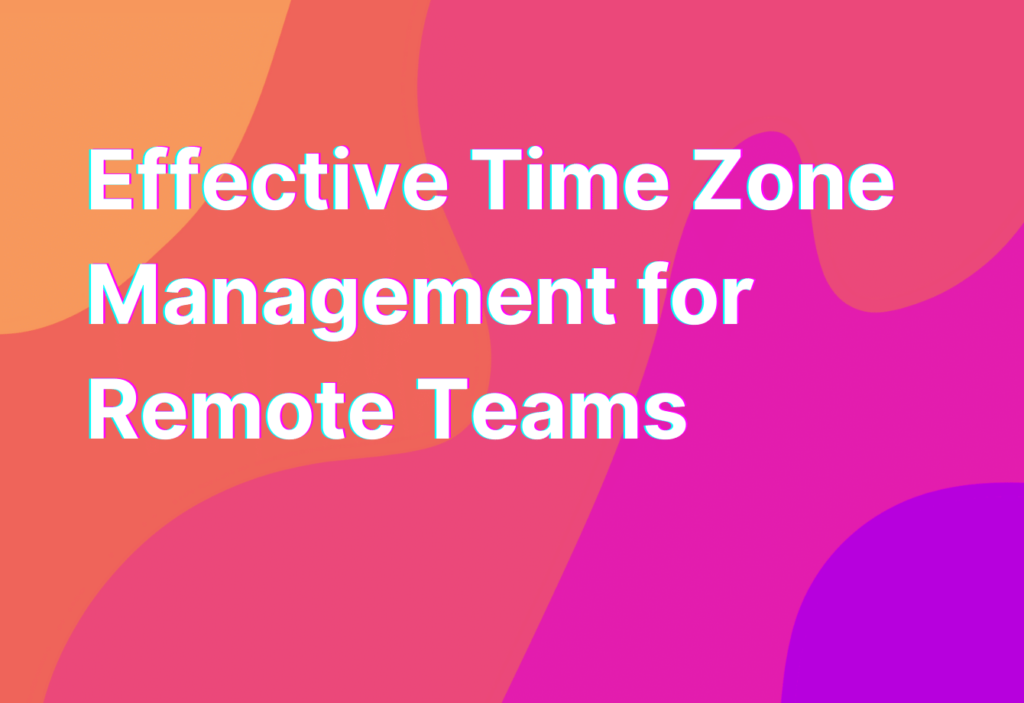Mastering Time Zones: Essential for Digital Nomad Travel
As a digital nomad, one of the biggest challenges you’ll face is managing time zones. Whether you’re working with clients or collaborating with team members from different parts of the world, understanding and mastering time zones is crucial for seamless communication and productivity. In this article, we’ll explore the importance of time zones for digital nomads and provide you with some essential tips to help you navigate this aspect of remote work.
The Significance of Time Zones
Time zones exist to standardize time across different regions of the world. They are based on the rotation of the Earth and divide the globe into 24 segments, each representing a different hour. Understanding time zones is essential for digital nomads because it allows you to coordinate meetings, deadlines, and other work-related activities with people in different locations.
For example, if you’re based in New York and have a client in London, there is a 5-hour time difference. This means that when it’s 9:00 AM in New York, it’s already 2:00 PM in London. Being aware of this time difference ensures that you schedule meetings or deliverables at a time that is convenient for both parties.
Tips for Mastering Time Zones
Now that we understand the importance of time zones, let’s dive into some practical tips to help you master them as a digital nomad:
- Use a World Clock: One of the easiest ways to keep track of multiple time zones is by using a world clock. There are many online tools and mobile apps available that allow you to add different cities and see their current time at a glance. Some popular options include Time and Date and World Time Buddy.
- Set Calendar Reminders: To avoid confusion and missed appointments, make sure to set calendar reminders for meetings and deadlines. Most calendar apps allow you to set reminders based on the time zone of the event, ensuring that you’re always on time.
- Communicate Clearly: When scheduling meetings or discussing deadlines, be clear about the time zone you’re referring to. Use phrases like “9:00 AM Eastern Standard Time” or “2:00 PM GMT” to avoid any confusion. This helps everyone involved understand the exact time you’re referring to, regardless of their location.
- Be Flexible: As a digital nomad, flexibility is key. Be open to adjusting your schedule to accommodate different time zones. This may mean working early mornings or late nights, depending on the time zone of your clients or team members. Embracing flexibility will help you maintain strong relationships and ensure smooth collaboration.
- Stay Organized: Keeping track of different time zones can be overwhelming, especially when you’re constantly on the move. Create a system that works for you, whether it’s using a spreadsheet, a dedicated app, or a physical planner. Having a centralized place to manage time zones will help you stay organized and avoid any scheduling mishaps.
Wrapping Up
Mastering time zones is an essential skill for digital nomads. By understanding the significance of time zones and implementing these tips, you’ll be able to navigate the challenges of remote work more effectively. Remember, clear communication, flexibility, and staying organized are key to successfully managing time zones as a digital nomad.
If you’re interested in learning more about the digital nomad lifestyle, check out our article on Unsettled. It’s a great resource for those looking to explore the world while working remotely.


